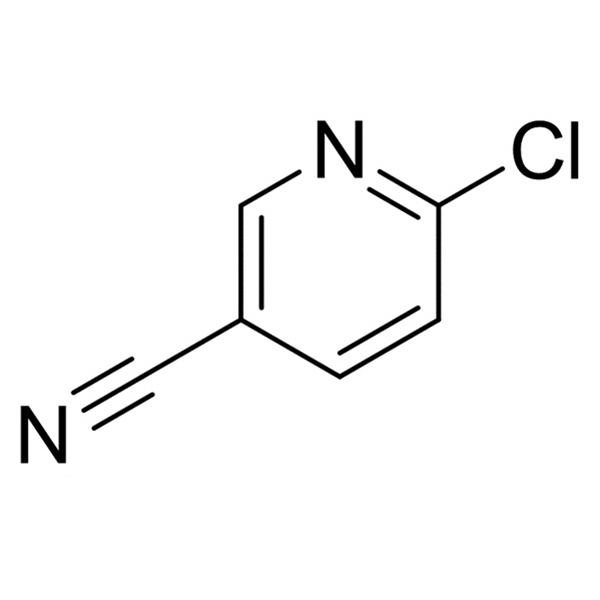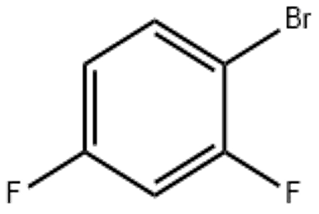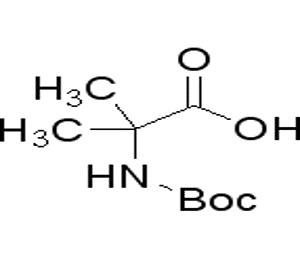Triphenylphosphine(CAS#603-35-0)
| Risk Codes | R22 – Harmful if swallowed R43 – May cause sensitization by skin contact R53 – May cause long-term adverse effects in the aquatic environment R50/53 – Very toxic to aquatic organisms, may cause long-term adverse effects in the aquatic environment. R48/20/22 - |
| Safety Description | S36/37 – Wear suitable protective clothing and gloves. S60 – This material and its container must be disposed of as hazardous waste. S61 – Avoid release to the environment. Refer to special instructions / safety data sheets. S36/37/39 – Wear suitable protective clothing, gloves and eye/face protection. S26 – In case of contact with eyes, rinse immediately with plenty of water and seek medical advice. |
| UN IDs | 3077 |
| WGK Germany | 2 |
| RTECS | SZ3500000 |
| FLUKA BRAND F CODES | 9 |
| TSCA | Yes |
| HS Code | 29310095 |
| Toxicity | LD50 orally in Rabbit: 700 mg/kg LD50 dermal Rabbit > 4000 mg/kg |
Introduction
Triphenylphosphine is an organophosphorus compound. The following is an introduction to the properties, uses, preparation methods and safety information of triphenylphosphine:
Quality:
1. Appearance: Triphenylphosphine is a white to yellow crystalline or powdery solid.
2. Solubility: It is well soluble in non-polar solvents such as benzene and ether, but insoluble in water.
3. Stability: Triphenylphosphine is relatively stable at room temperature, but it will oxidize under the influence of oxygen and moisture in the air.
Use:
1. Ligand: Triphenylphosphine is an important ligand in coordination chemistry. It forms complexes with metals and is widely used in organic synthesis and catalytic reactions.
2. Reducing agent: Triphenylphosphine can be used as an effective reducing agent for the reduction of carbonyl compounds in a variety of chemical reactions.
3. Catalysts: Triphenylphosphine and its derivatives are often used as ligands for transition metal catalysts and participate in organic synthesis reactions.
Method:
Triphenylphosphine is usually prepared by the reaction of hydrogenated triphenylphosphonyl or triphenylphosphine chloride with sodium metal (or lithium).
Safety Information: Appropriate personal protective equipment such as gloves and goggles should be worn.
2. Avoid contact with oxidants and strong acids, which may cause dangerous reactions.
3. It should be stored in a dry, ventilated place, away from incompatible substances and fire sources.








